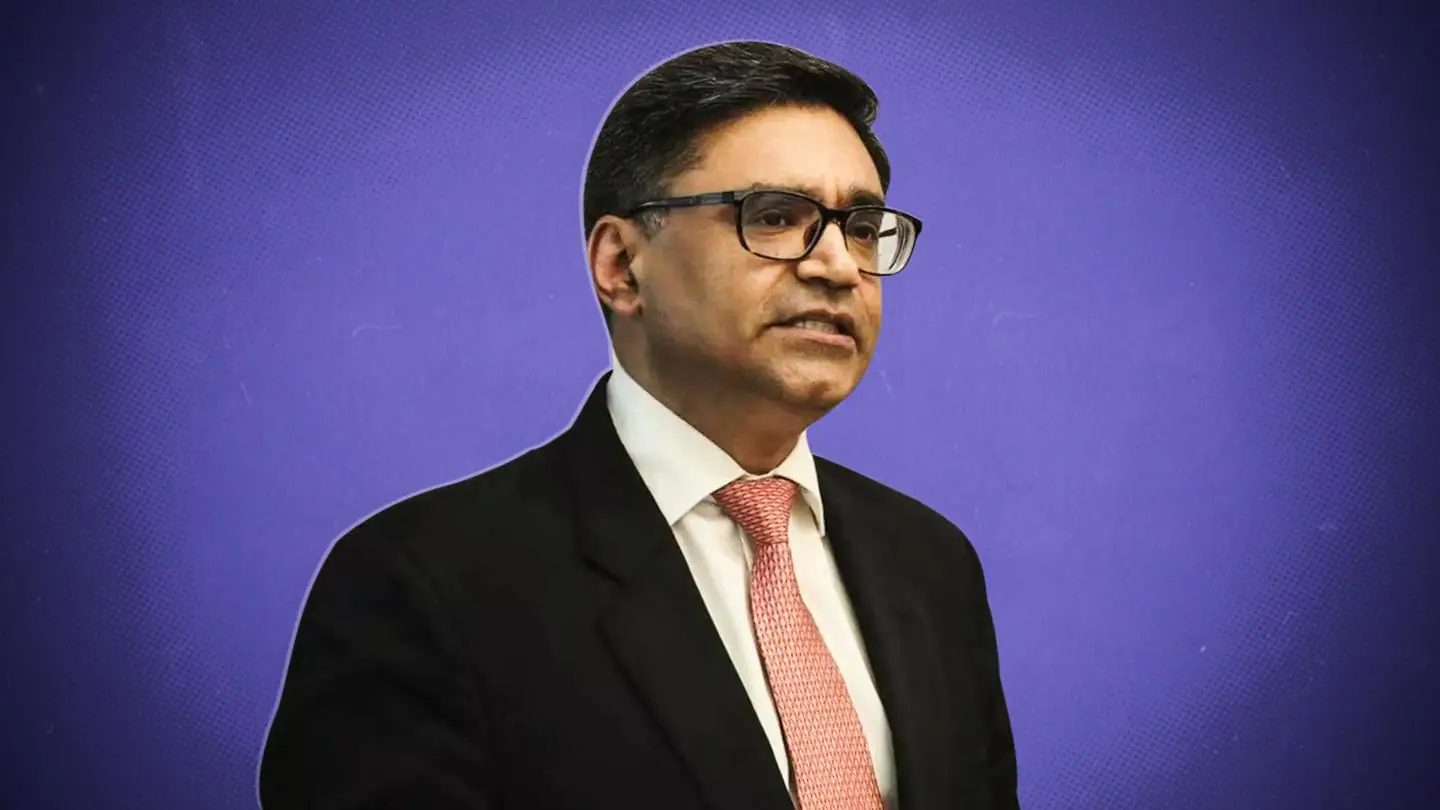India is experiencing an intense heat wave for the third consecutive year, with temperatures soaring to unprecedented levels. Here’s a closer look at what’s happening:
Record-Breaking Temperatures
Delhi’s Extreme Heat
On Wednesday, Delhi recorded a scorching temperature of 52.9°C (126.1°F), the highest ever for the city. The Indian Meteorological Department (IMD) is double-checking this reading since it’s significantly higher than nearby areas. Residents describe stepping outside as feeling like “someone is slapping our faces.
Northwestern Regions
IMD scientists predict that northwestern India will have seven to ten heat wave days this month, compared to the usual two or three. Typically, the hottest months are May and June, but this year the heat wave is lasting longer.

Heat Wave Alerts and Climate Change
Heat Wave Criteria
A heat wave in India is declared when temperatures are 4.5°C to 6.4°C above normal. If temperatures exceed this by more than 6.5°C, it’s considered a severe heat wave. The deadliest heat wave occurred in 2015, killing over 2,000 people. Heat waves are extremely dangerous but often overlooked. Roop Singh, a climate risk adviser, says heat waves are like a “silent killer.” Unlike floods or hurricanes, their impact is less visible but equally deadly.
Climate Change Connection
Heat waves are becoming more common worldwide. A report found 76 extreme heat waves across 90 countries in a recent year. As global temperatures rise, heat waves will likely become more frequent and severe, highlighting the urgent need to tackle climate change

Forecast and Relief
There is some relief in sight as temperatures in northwest and central India are expected to drop by up to four degrees in the next few days. However, parts of east India and the south peninsula may see temperatures rise.Authorities advise people to stay hydrated, avoid direct sunlight during peak hours, and use cooling methods to stay safe during the heat wave.
India’s ongoing heat wave highlights the urgent need to address climate change and protect vulnerable populations from extreme weather. As temperatures continue to rise, it’s crucial to work together to mitigate the impacts of heat waves and adapt to our changing climate.
For more such news CLICK HERE






